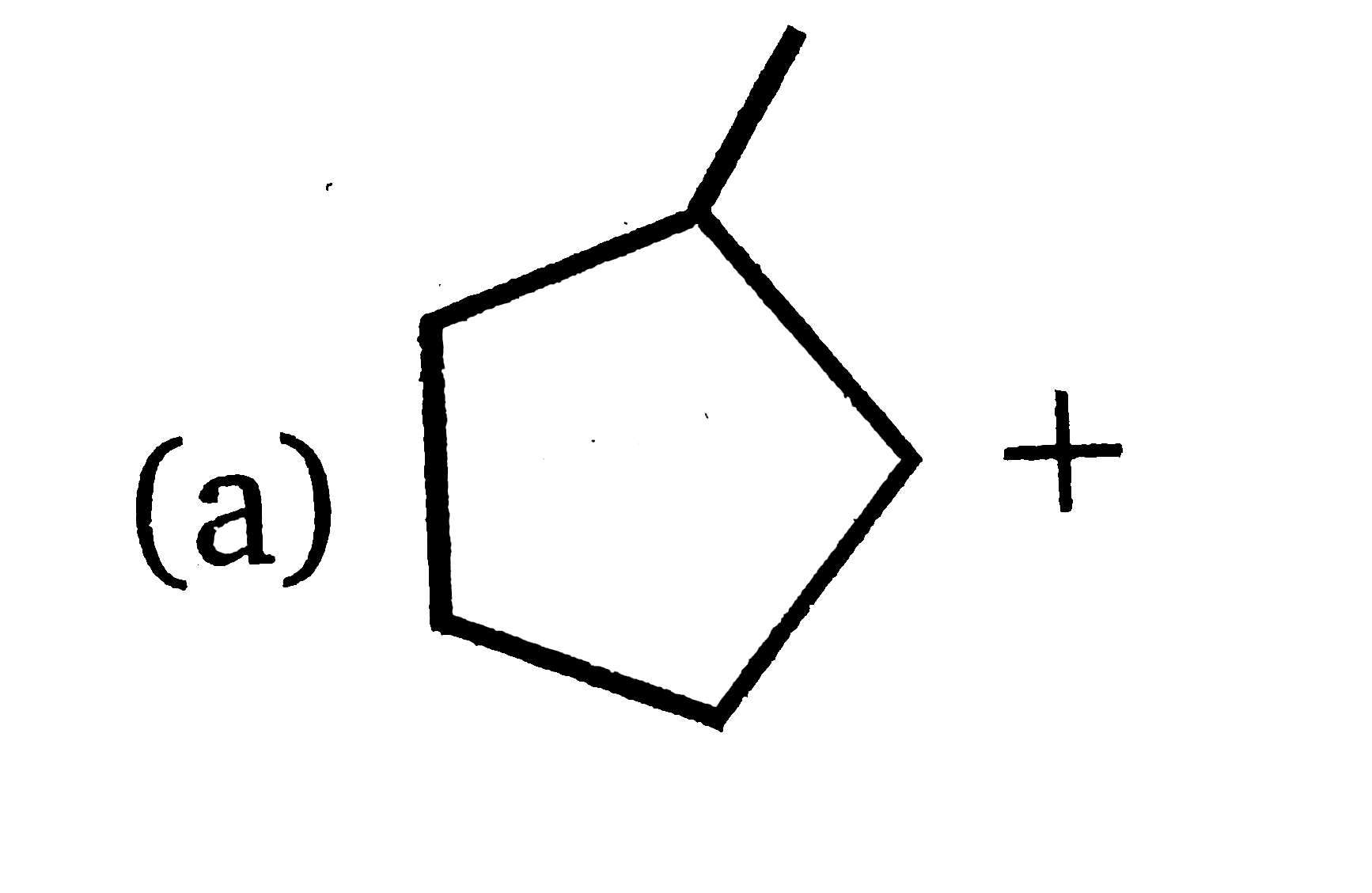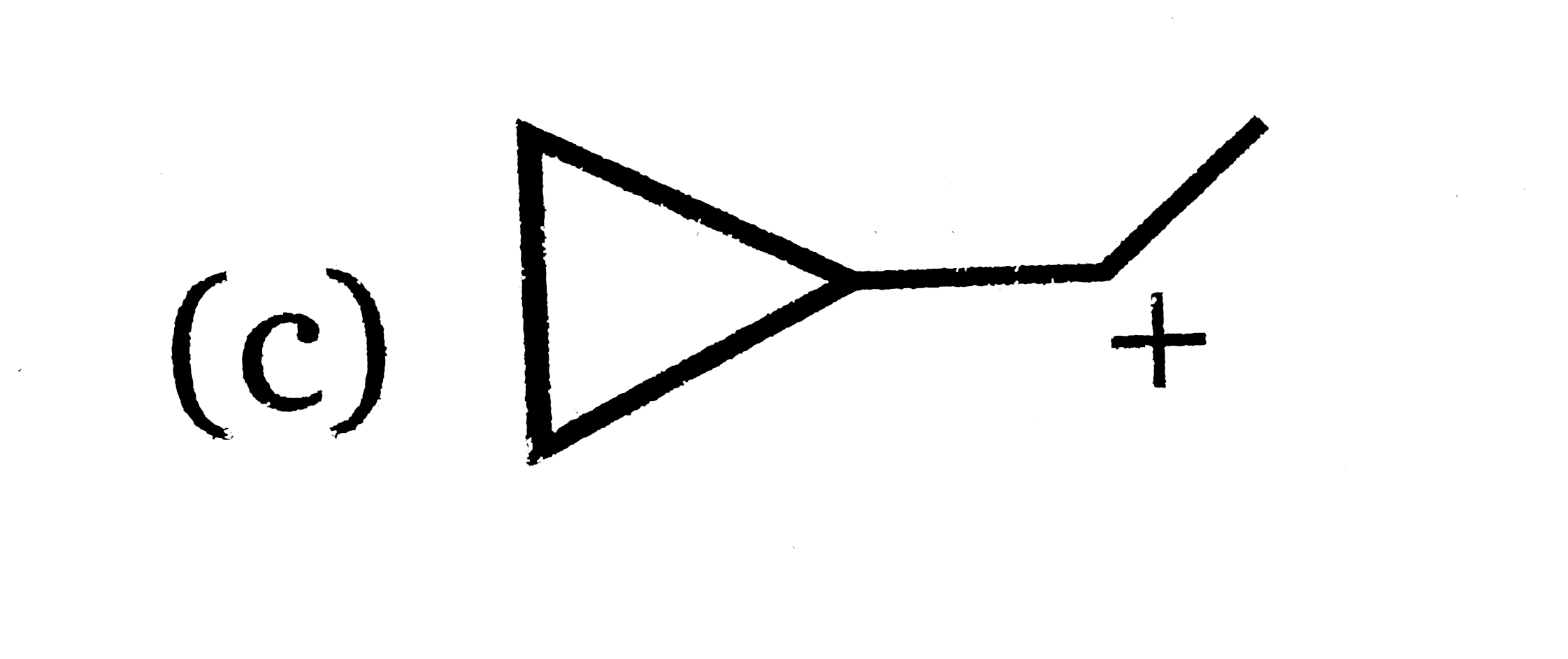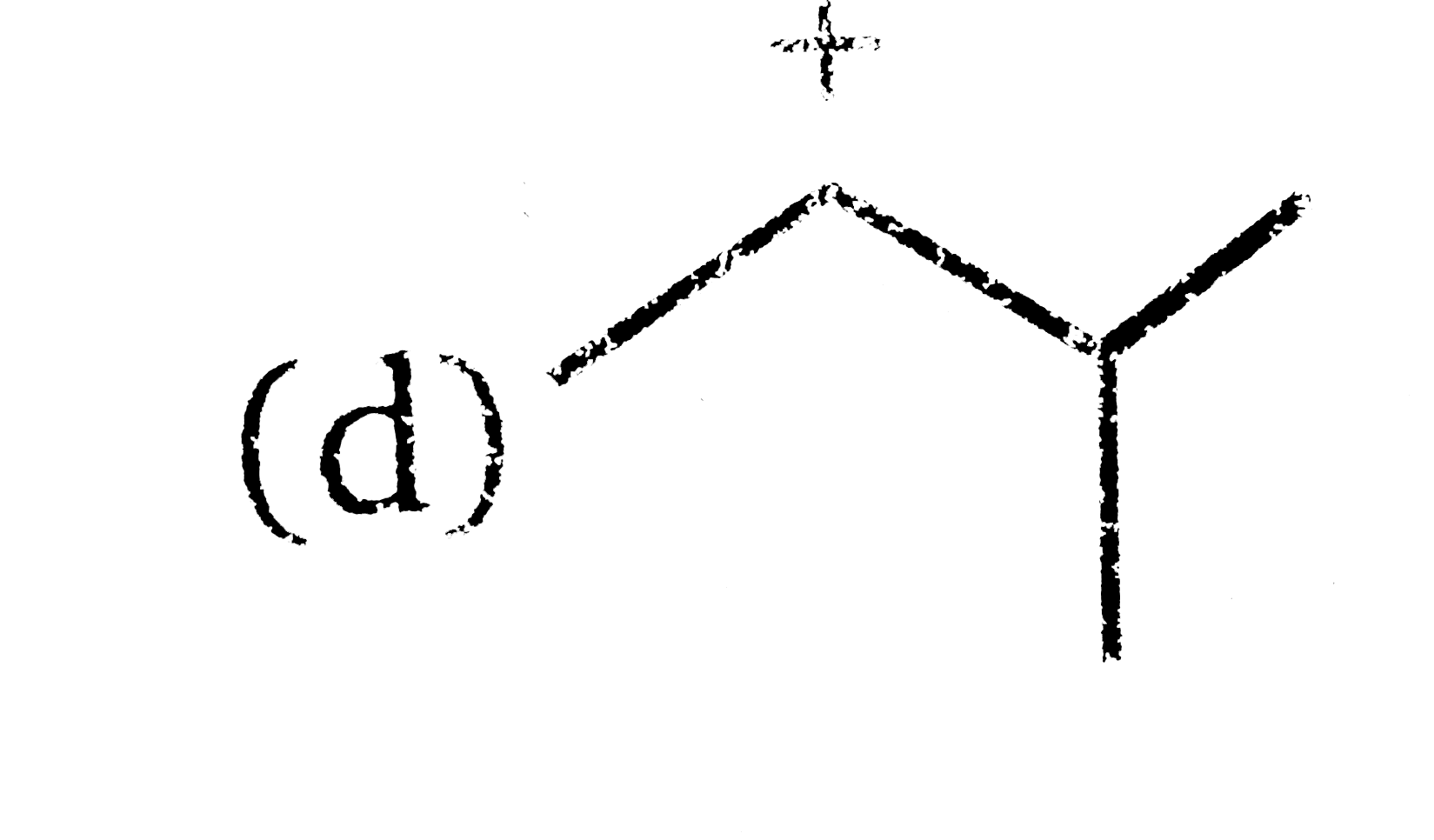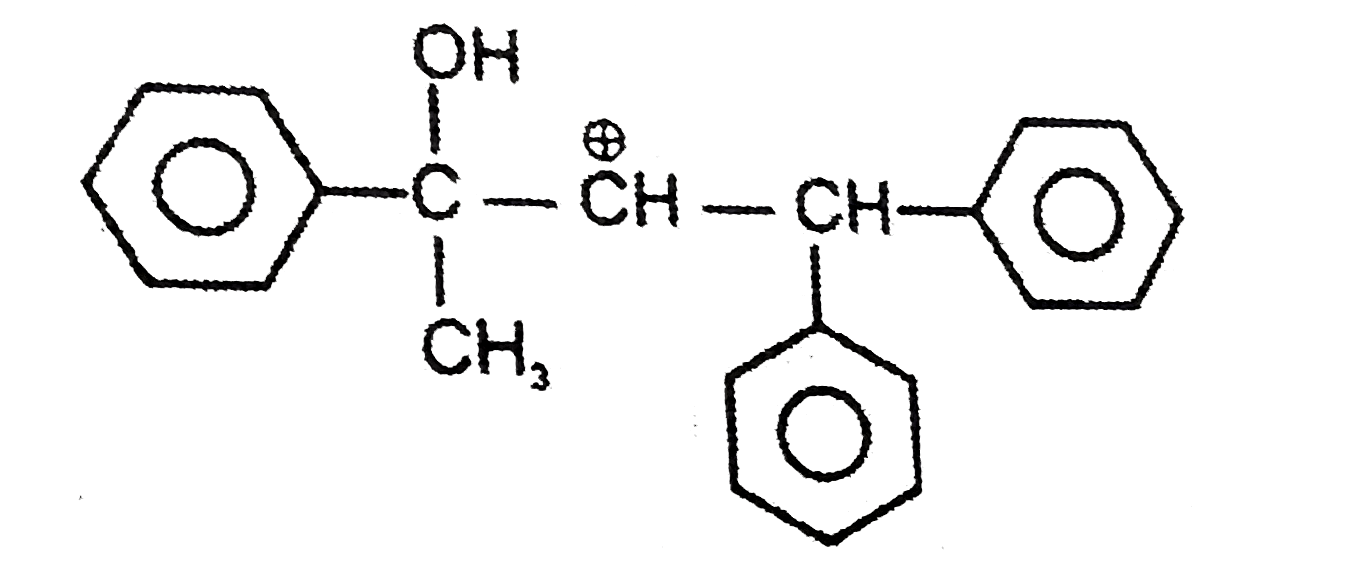Which of the following would not rearrange to a more stable form?




The correct Answer is:C
To determine which of the given carbocations would not rearrange to a more stable form, we need to analyze the stability of each carbocation and whether they can undergo rearrangement.
1. Identify the Carbocations:
We need to look at the structures of the carbocations provided in the question. Each carbocation has a different degree of substitution (1°, 2°, 3°).
2. Evaluate Stability:
- Carbocation A: If it is a 2° carbocation, it can rearrange to a more stable 3° carbocation by a hydride shift. Thus, it can rearrange.
- Carbocation B: This is a 1° carbocation. If a hydride shifts to it, it can become a 2° carbocation, which is more stable. Therefore, it can rearrange.
- Carbocation C: This carbocation is part of a ring structure. If it undergoes a ring expansion, it does not rearrange in the traditional sense (like hydride shifts). Instead, it expands into a larger ring. Therefore, it does not rearrange to a more stable carbocation.
- Carbocation D: This is a 2° carbocation. If a hydride shifts, it can rearrange to a more stable 3° carbocation.
3. Conclusion:
Based on the analysis, the carbocation that would not rearrange to a more stable form is Carbocation C.
Final Answer:
Carbocation C would not rearrange to a more stable form.
---
We need to look at the structures of the carbocations provided in the question. Each carbocation has a different degree of substitution (1°, 2°, 3°).
- Carbocation A: If it is a 2° carbocation, it can rearrange to a more stable 3° carbocation by a hydride shift. Thus, it can rearrange.
- Carbocation B: This is a 1° carbocation. If a hydride shifts to it, it can become a 2° carbocation, which is more stable. Therefore, it can rearrange.
- Carbocation C: This carbocation is part of a ring structure. If it undergoes a ring expansion, it does not rearrange in the traditional sense (like hydride shifts). Instead, it expands into a larger ring. Therefore, it does not rearrange to a more stable carbocation.
- Carbocation D: This is a 2° carbocation. If a hydride shifts, it can rearrange to a more stable 3° carbocation.
Based on the analysis, the carbocation that would not rearrange to a more stable form is Carbocation C.
Carbocation C would not rearrange to a more stable form.
Topper's Solved these Questions
- HYDROCARBONS (ALKENES)BOOK - MS CHOUHANCHAPTER - HYDROCARBONS (ALKENES)EXERCISE - Level 1 (Q.1 To Q.30)
1 Videos
- HYDROCARBONS (ALKENES)BOOK - MS CHOUHANCHAPTER - HYDROCARBONS (ALKENES)EXERCISE - Level 1 (Q.61 To Q.90)
2 Videos
- HYDROCARBONS (ALKANES)BOOK - MS CHOUHANCHAPTER - HYDROCARBONS (ALKANES)EXERCISE - Level 1 (Q.31 To Q.50)
1 Videos
- HYDROCARBONS (ALKYNES)BOOK - MS CHOUHANCHAPTER - HYDROCARBONS (ALKYNES)EXERCISE - Level 1 (Q.1 To Q.30)
2 Videos
Similar Questions
Knowledge Check
Which of the following is the rearranged more stable carbocation of the given species?
 A
A B
B C
C D
D
Which of the following is the rearranged more stable carbocation of the given species?
CH3−CH3∣C∣CH3−⊕CH−CH3→ACH3−CH3∣C∣CH3−C⊕H−CH3BCH3−CH3∣C∣CH3−CH2−⊕CH2CCH3−CH3∣C⊕−CH3∣CH−CH3DCH3−CH3∣CH−CH∣CH3−⊕CH2Which of the following is more stable?
ASi4+BSn4+CGe4+DPb4+
Which of the following carbonates are thermally more stable as compared to
View SolutionWhich of the following carbonates are thermally more stable as compared to
View SolutionWhich of the following in the rearranged in the rearranged more stable carbocation of the given species?

View SolutionWhich of the following pairs of compounds are more stable?
View SolutionWhich of the following compounds are thermally more stable than compound CaO2?
View Solution

